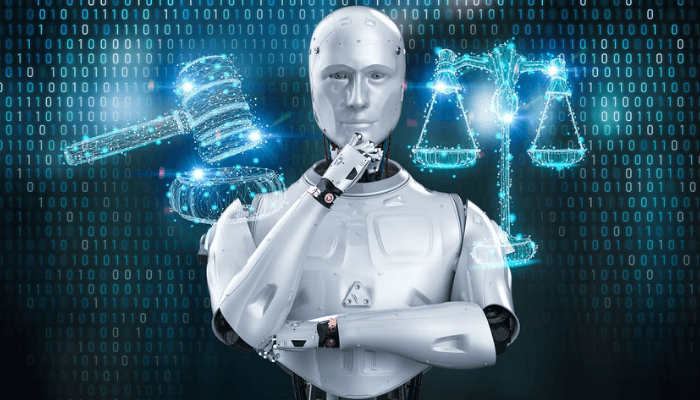Staying relevant while navigating the age of Generative AI, others at work
Irrelevance today doesn’t look like failure anymore, it looks like business as usual.
Employees are still showing up, still delivering, still attending meetings.
However, in a world where Artificial Intelligence (AI) is no longer a trend but infrastructure, the baseline for what counts as valuable work has changed dramatically.
What used to take a department a week now takes an intelligent tool an hour. This is not theoretical, it’s already the norm in marketing, finance, legal operations, management, customer service, and even procurement.
Read also: Artificial Intelligence offers Africa a historic opportunity to redefine its destiny
Relevance decay happens quietly. It is the product designer who hasn’t tested a generative AI tool for ideation, the Human Resource (HR) manager still scheduling interviews manually, and the team leader using slide decks while competitors are building interactive dashboards in minutes.
Contrary to many opinions, none of these employees are doing anything wrong, but the work they are doing is no longer aligned with what modern performance looks like in this age of speed, scale, and tech-integrated economy.
The hardest part is that these employees often look like your best people on paper. They meet deadlines, show up early, and know the company’s system inside out. But they are not learning new systems, questioning processes, or exploring more efficient alternatives.
They have unknowingly become great at yesterday’s work, while tomorrow’s work is already here, and because they are not visibly underperforming, most companies do not see the risk until it is too late.
According to the World Economic Forum (2025), the average skill today remains relevant for just 2.5 years, and generative AI is not just automating repetitive tasks anymore; it is redefining entire workflows, and employers expect 39 percent of workers’ core skills to change by 2030.
More strikingly, technical skills may now become obsolete in as little as 2.5 years, down from a previous average of five years. These figures make clear that skills are perishable, and staying still is a risk.
At the heart of the issue is a simple truth: Jobs haven’t vanished, but the value within them has shifted. Learning cycles have been compressed. The people you are paying to perform must now also be learning as fast as they execute. If they are not growing, they are quietly becoming irrelevant, even if they are still in the room.
Another contributing factor is that job expectations are evolving, but performance reviews are not. Most organizations still assess employees on historical key performance indicators (KPIs), without evaluating how well they’ve adapted to current tools or if they’ve redefined their role in light of industry change.
Some employees know this and are already adapting. KPMG found that over two-thirds of enterprise teams plan to spend between $50 and $250 million on GenAI in the next year. While others assume their experience is enough.
The difference? One remains in motion, while the other quietly slips behind, and in this context, staying still is moving backwards.
Leaders need to re-audit what roles require, re-scope jobs around AI-augmented workflows, and reset expectations across the board. This includes creating environments where employees are expected to experiment, integrate, and evolve, not once, but continuously.
The organizations that are winning in this era (2025) will be those that help their people adapt not once, but continuously, to unlock agility, engagement, and innovation, because what is useful today could be obsolete in six months.
This is not about job loss; it is about a value shift, and in 2025, relevance is your most important performance metric.

